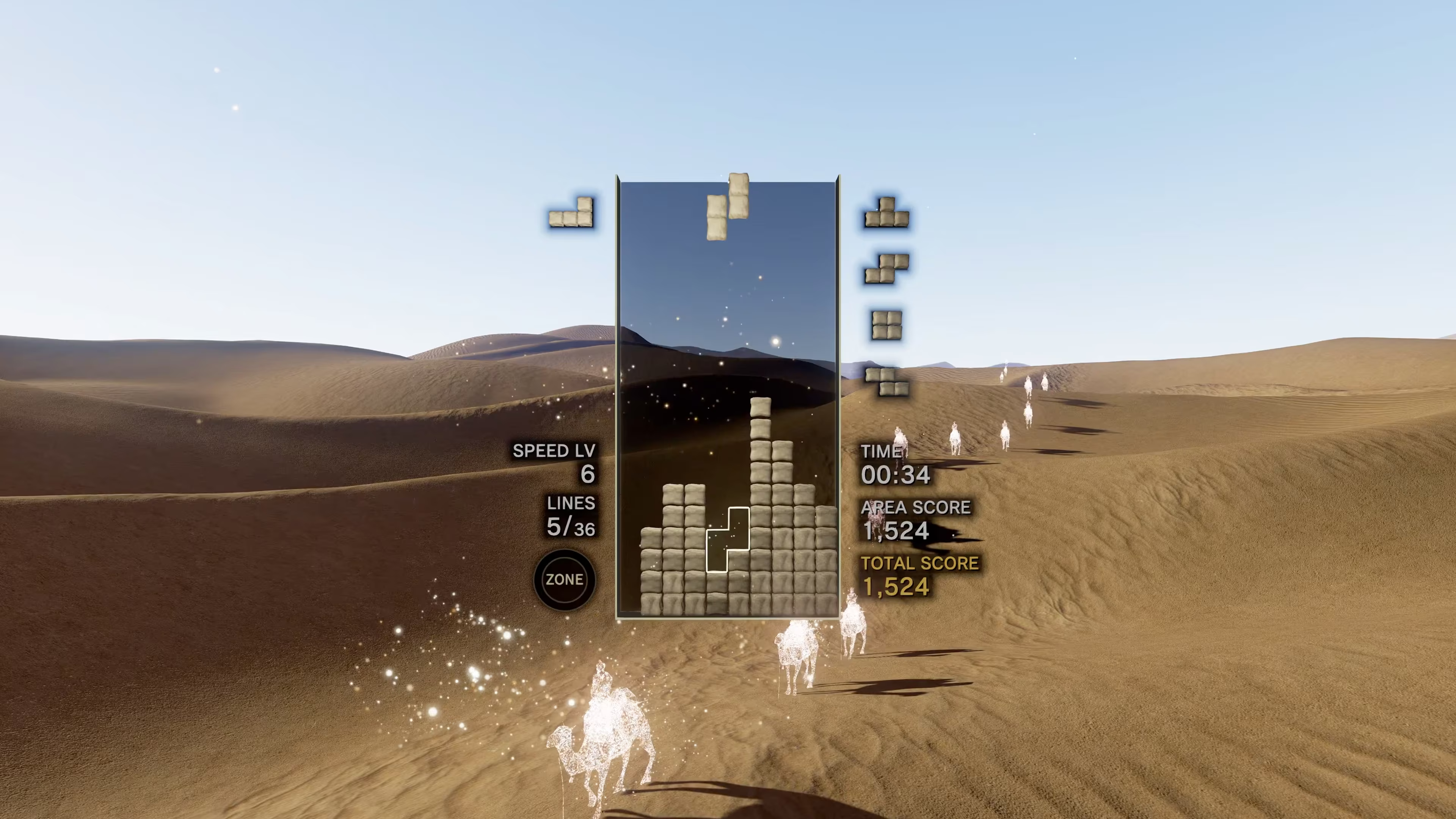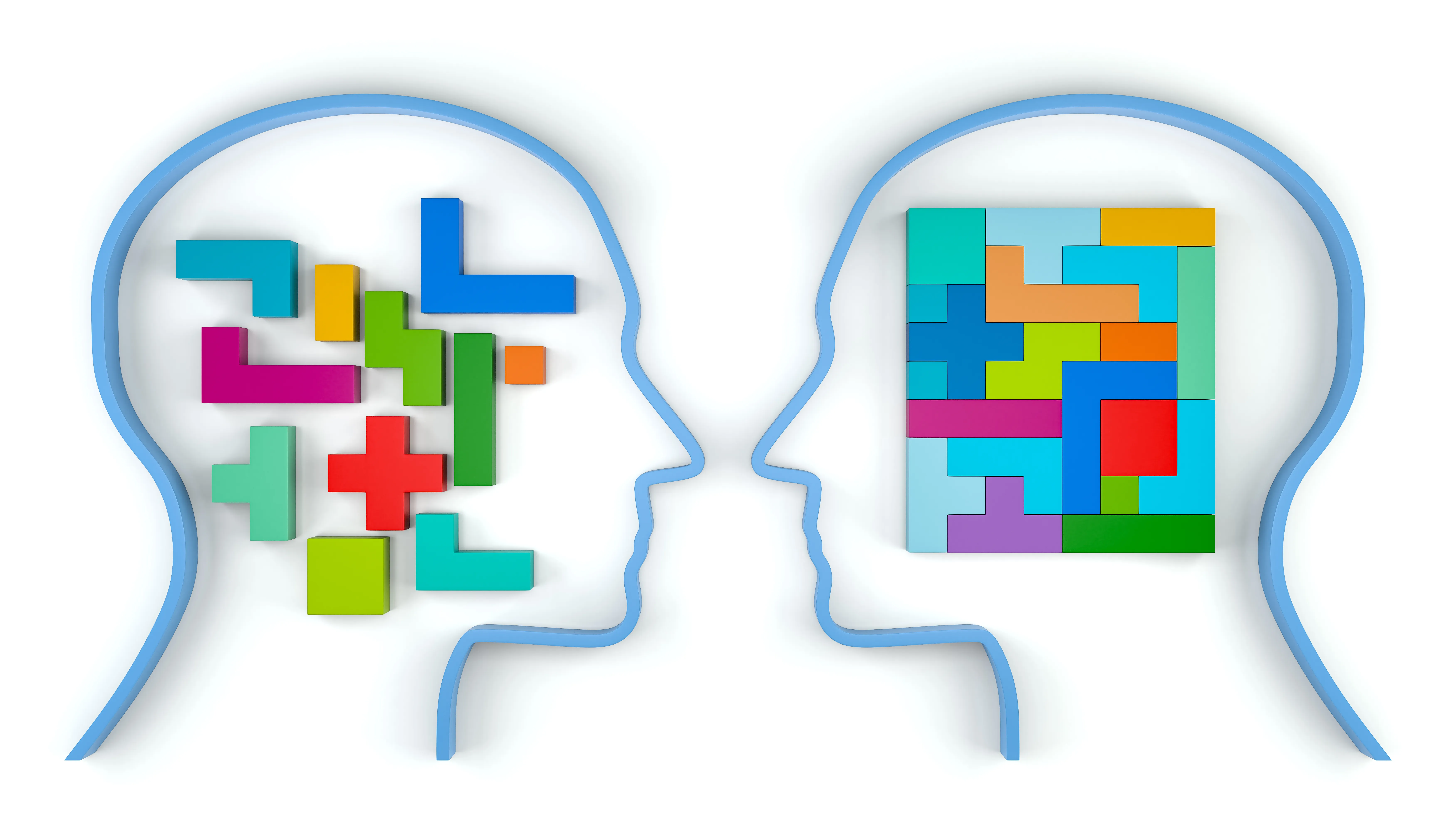Tetris is one of the most popular and influential video games ever created. It was created by Alexey Pajitnov, a Soviet computer scientist, in 1984. Right now, the game is available on almost all gaming platforms. The game requires elements of logic, speed and pattern recognition. The famous Tetris theme song is based on the Russian folk tune “Korobeiniki.”


